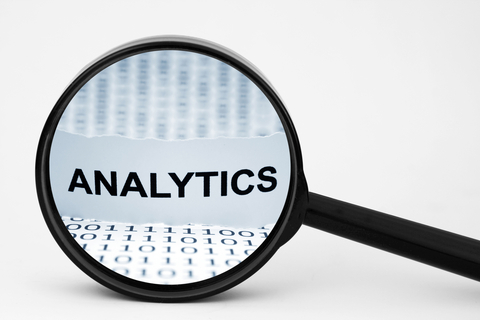Data analytics technologies help people in the business and marketing sectors understand why people behave in the ways they do. It also enables company leaders to identify trends that could shape the future of a business. As you’ll soon see, these kinds of data examination techniques can also aid the day-to-day activities of people that most business leaders have on their support team: taxation specialists.
Helping Businesses Understand Things That Could Affect Taxes
The data tax experts have typically worked with has been based on hindsight because it involves transactions that have already occurred. However, thanks to big data, accounting experts can now aid their clients with information based on insights and foresight, sometimes called predictive analytics. For example, an accountant could spot trends over time that are associated with effective tax rates and income on the books and use the information learned to make adjustments and avoid surprises at the end of the year. A tax professional might also look deeper into data to discover how internal and external changes a business makes could ultimately affect its taxation rate.
Equipping Businesses to Avoid Past Mistakes
Some people who do not have a broad understanding of data analytics in the accounting world think that scrutinizing the statistics merely makes it easier for accountants to generate reports about what has happened over the past year. It’s true that many accountants do depend on data analysis to create such materials faster. However, some also use one of the four types of data analysis familiar to accountants in the know.
It’s called diagnostic analytics. As you might guess from the name, it allows accountants to see what caused problems to occur in the past and give their clients feedback about how to prevent similar future outcomes. This capability reduces headaches and hassles for accountants and the people they serve.
Ensuring Full Compliance With New Tax-Related Programs
Because data analysis and collection are often carried out on a single platform, a robust tool that can check through a huge assortment of facts and figures at once might soon make it easier for people in the accounting field to make sure their clients are fully compliant with recently announced state and federal programs. For example, New Jersey recently implemented a new voluntary disclosure program that applies to people who sell things online to buyers in the state. Sellers taking part must file sales and use tax returns every quarter, pay taxes to the state and pay any interest owed within 30 days of filing. A close look at the data could indicate whether a business or individual is doing everything properly to abide by the regulations and allow accountants to take corrective action.
Carrying Out Extremely Thorough Audits
In the past, accountants performed audits by checking a small sample of the overall data associated with a client. However, some firms are experimenting with ways to use big data to gain an all-encompassing perspective of a company’s activities, and, therefore, conduct audits that are much more accurate than before. This application of big data to the accounting sector is still in the very early stages, although it was discussed at length during an industry event last year that more than 150 senior accounting professionals attended.
There is not a universal, data-driven solution that fits neatly into the older framework for conducting audits. Due to that reality, along with the cost involved and the fact that auditors will have to learn new skills before adopting the emerging technology, many people who attended the gathering felt that this method of auditing is valuable, but it’ll be a while before it becomes a mainstream practice.
Now that we’ve taken a look at how accountants are currently working with data and what they’ll likely do in the future, you might be compelled to view your company’s accounting procedures in a new way.
Even if the accountants you work with aren’t analyzing data in improved ways now, they’ll probably do so shortly.
 Contributed by: Kayla Matthews, a technology writer and blogger covering big data topics for websites like Productivity Bytes, CloudTweaks, SandHill and VMblog.
Contributed by: Kayla Matthews, a technology writer and blogger covering big data topics for websites like Productivity Bytes, CloudTweaks, SandHill and VMblog.
Sign up for the free insideBIGDATA newsletter.





Speak Your Mind